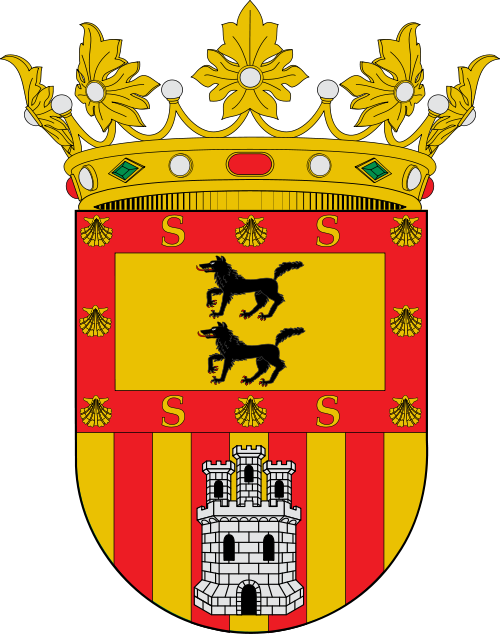The Fondo ravine is located to the northeast of the urban nucleus of the town of Planes, with a cliff of about 50 meters of altitude on the left side. The water comes from the Font Nova and its entire hydraulic system, highlighted by the aqueduct. It is in the Barranco Hondo gorge where a group of three mills known by the names of Arcadio, Fuente del Oro and Fuente de la Arcada is located. Arcadio’s mill is the first to use the water from the ravine as it is located above the other two. It was built from 1813 at the request of Jaime Catalá Catalá, a resident of Planes, although it is Arcadio Seguí González, the last miller, to whom it owes its name. The one at the Fuente de la Arcada is located on the right side of the Fondo Ravine, completely attached to the base of a cliff in the place where the gorge opens towards an area of orchards, when the ravine becomes known as “Retilles”. The name of this mill is given by an old aqueduct located next to it, and by the fountain that rises in front of the mill, on the other side of the ravine, an area currently covered by lush and exuberant vegetation. It seems that it stopped working during the 16th century, until, around 1960, “Pedro el Cantoner”, a resident of Planes, used it for a season as a place to dye fabrics. The Fuente del Oro mill is also on the right side of the Barranco Hondo, in an area with a rather steep slope. Right next to the mill is the Fuente del Oro, from which it receives its name, where you can also see a series of alcavons, made in past centuries with a clear intention of looking for gold, of which Antonio Josef Cabanilles, in his book “Observations on the natural history, geography and population and fruits of the Kingdom of Valencia” (1797), gives us the pertinent information:
“The hill to the right of the ravine is not so steep, although its slopes are quite fast, where some shiny pyrites are discovered, and such a small copper vein inside the rocks. The common people took them for real gold, and that’s why He called the small fountain of Gold that sprouts there “
The mill house has a very small surface size and, together with its downstream neighbor, the Fuente de la Arcada mill, they are among the smallest mills of all the rest of the region. These last two mills could be the ones that appear reflected in the concession that Jaime I made to Guillermo de Loarre in 1258, therefore they are mills built before the Christian conquest, making the municipality’s milling tradition clear.

